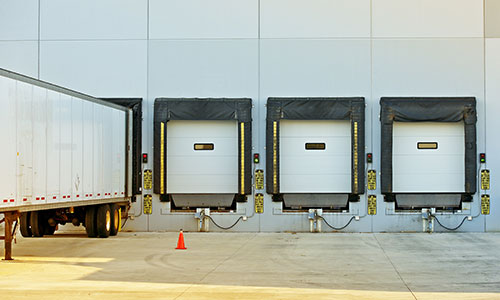One of the six types of shipping containers used in freight and forwarding today is the refrigerated containers, also known as “reefer containers.” It’s challenging to distinguish a reefer container among other vessels to the untrained eye because it looks identical to regular ones.
Know that refrigerated vessels are commonly used for transporting goods that need to be in cool temperatures, such as fruits, meats, pharmaceuticals, fishes, and flowers. For this reason, if you run a business that deals with perishable goods, consider a refrigerated container a useful component in your supply chain.
In this article, we will share all you need to know about reefer containers:
How Does A Reefer Work?
What sets this container apart from the rest is that it can maintain cargo temperatures between -30 degrees Celsius and + 35 degrees Celsius, regardless of the environmental conditions outside. It works due to its T-shaped decking that is specifically designed to ensure proper airflow across the entire shipment through channeling air underneath the cargo that passes via the decking.
Reefer containers can also raise temperatures when needed via the control unit to adjust settings and parameters, such as temperature, humidity, atmosphere, and ventilation. However, the setting of the cargo will depend on the items inside.
For frozen and chilled items, these are usually separated as each will require different temperature levels. Chilled items need the air to flow through the cargo to remove heat and gases. In frozen goods, the air has to flow around the load to ensure no gaps between them and the walls.
Additionally, every refrigerated vessel comes with fresh air ventilation that eliminates the container’s gases to prevent cargo damage. With that, this container requires a supply of electricity, which comes from the vessel’s power outlet or by portable generators.
Why Do You Need A Reefer?
Reefer containers are available in various dimensions, meaning you can find one to use for any type of transportation needs. You can also create partitions if you have multiple items that require different storage temperatures.
At the same time, you don’t have to worry about their durability because they’re built to withstand the toughest conditions and operate in harsh environmental conditions. Most importantly, reefers can prevent products from ripening too quickly and extend their shelf-life by circulating cool air.
Conclusion
Knowing how a reefer container works before you hire one for your goods is essential. That way, you will have an understanding of how it can help your products stay fresh within the vessel during transportation. Keep in mind that this shipping machine is more expensive than a normal one due to the added insulation and power needs.
If you invest in a reefer, you need to ensure you’re getting the best one to provide you with quality services. For this reason, you must choose a reputable logistics company to help you. Do your homework, inspect the container, and observe their customer service.
Finding the right logistics company to work with takes time. It may be a bit overwhelming at first due to the many choices in today’s market, but when you know what you need and what to look for, it will be a smooth process.
Let us take care of your reefer container needs. At RJS Logistics, we offer high-quality logistics services in Monroe, NC, that can satisfy your various needs, such as protective refrigeration, multiple-stop offs, appointment setting, expedited deliveries, and loading and unloading. Get in touch with us today to see how we can help!



